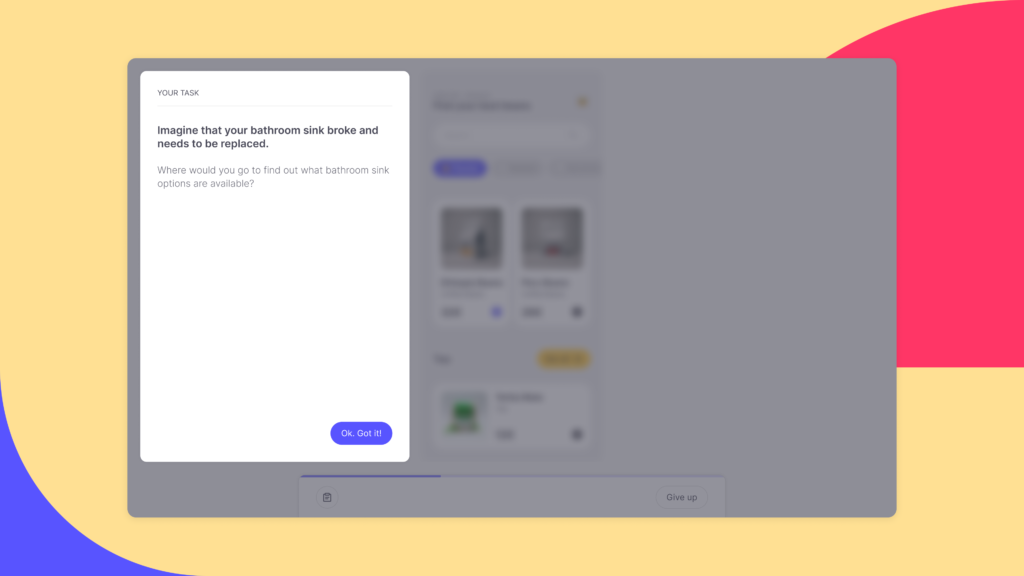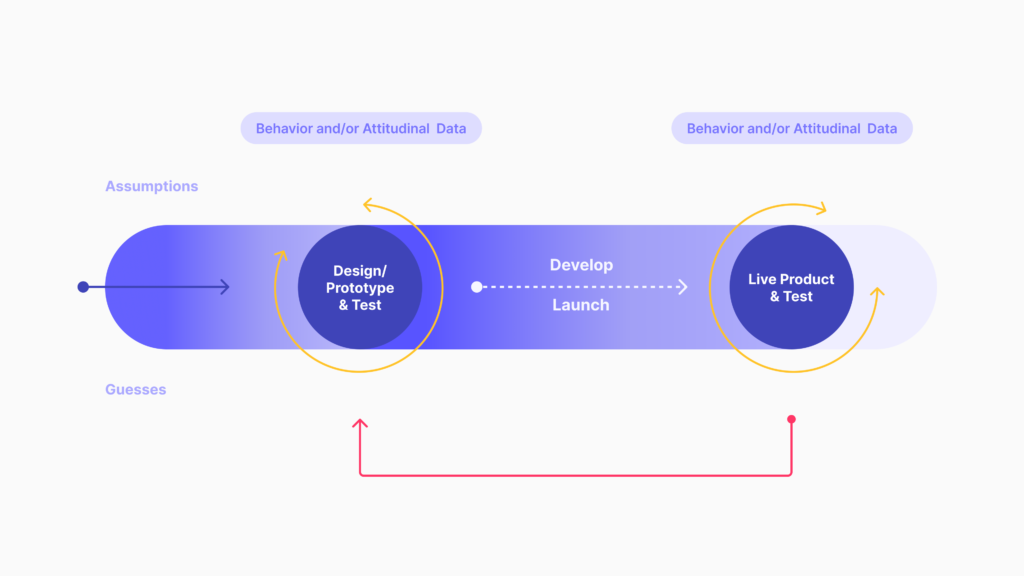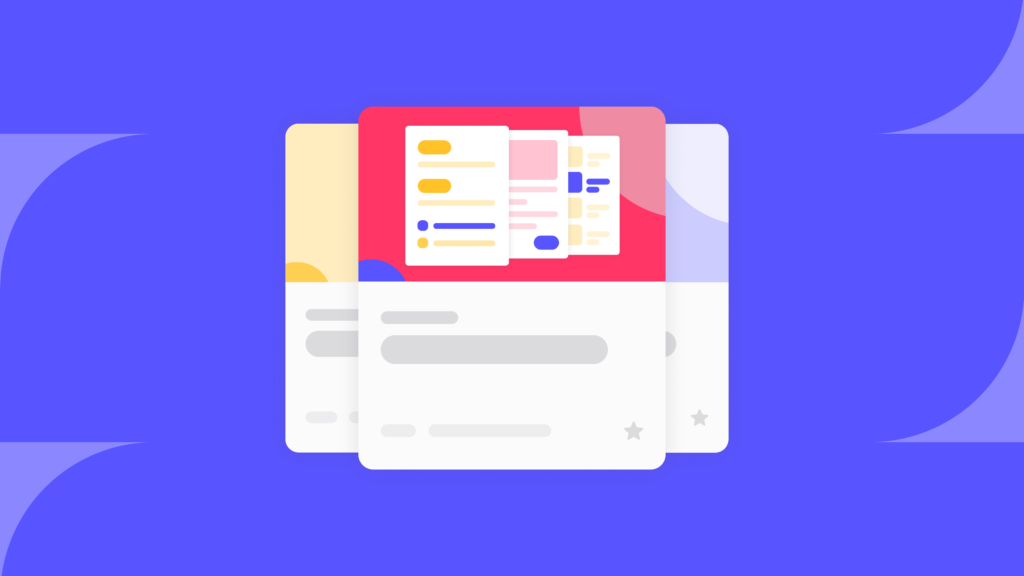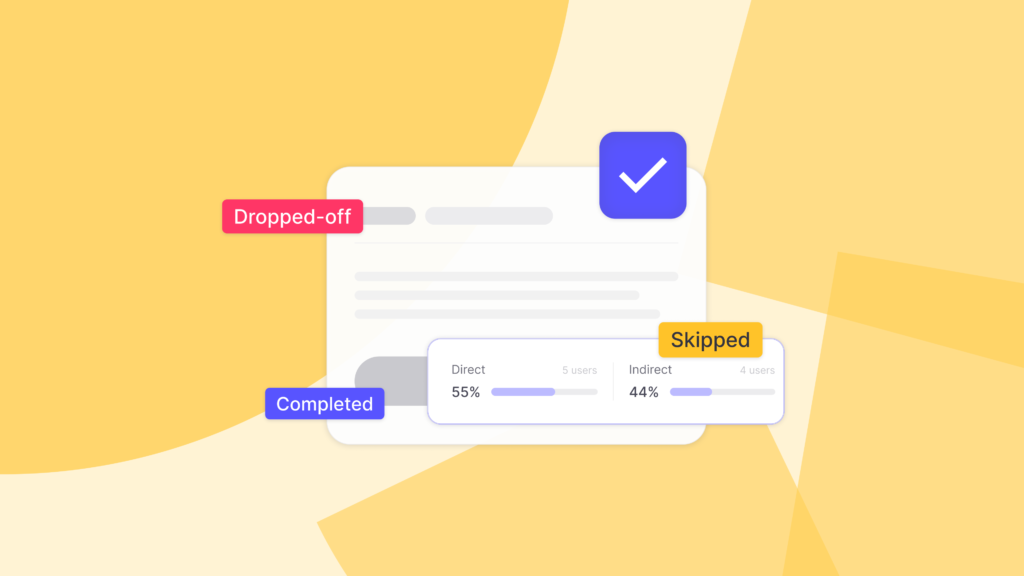Product development success is in large part due to the efforts put into usability testing. It assists in locating and resolving product usability issues, which can enhance user experience and engagement. Task-based usability testing evaluates a product’s usability by having users complete specific tasks. User preferences, navigational issues, and points of confusion can all be uncovered through this method. This article will discuss the definition of task-based usability testing, its benefits, different types of tests, when to use it, how to conduct a test, and examples.
What is Task-Based Usability Testing?

Task-based usability testing focuses on how users interact with a product when they are completing particular tasks. It is used to determine how effectively a product satisfies user needs and to pinpoint areas where the product could be improved. Users are required to execute a set of tasks during these tests, such as completing a form, navigating a website, or making a transaction. The product is then modified to enhance the user experience based on the test’s findings.
Task-Based Usability Testing Benefits
The development of products can benefit greatly from task-based usability testing. It can be useful to pinpoint usability problems like unclear navigation, unclear directions, or unclear information. This can lead to better use of resources and lower development costs. On the list of pros for task-based usability testing is that it aids in finding out what features are most useful to users or what kind of information they prefer to view. Decisions about future product iterations can benefit from this.
The performance of product design choices can also be assessed through usability testing. For instance, it can be used to compare different websites or alternative designs to choose the one that is most user-friendly. In doing so, you can make sure that the product is designed in such a way that users can easily comprehend and use.
Types of Task-Based Usability Testing

Usability testing can be divided into two main types: qualitative and quantitative. Inquiries into consumers’ subjective opinions of a product or service are the main goal of qualitative usability testing. Open Analytics is a testing technique that Useberry offers, in which users are asked to self-report when they believe that they have completed the task. Understanding the user’s thoughts, feelings, and behaviors as they interact with the product is the aim of qualitative usability testing.
Comparatively, quantitative usability testing focuses on gathering metrics about users’ success rates and time spent on tasks while using a product. Larger participant groups are often included in this kind of testing, which can also use techniques like Single Task tests that aim to evaluate a product’s usability by asking users to accomplish one or more tasks, such as completing a form.
With the use of Video Shoots, both Open Analytics and Single Task tests can gain qualitative data by observing the user’s face, voice, and screen. Both kinds of usability testing are crucial for comprehending the user experience and developing products that are simple to use and satisfy user needs.
When to Use Task-Based Usability Testing

Incorporating usability testing at multiple points in the development process is essential. You could use it throughout the design phase to try out alternative concepts and check for usability issues before the product goes into production. With Useberry, you can import your design or prototype and start testing immediately. Testing a product during development or after it has been released allows you to assess the quality of the user experience and locate areas for growth and any unresolved usability issues. With website usability testing, you can find out how real people use your live product.
How to Conduct a Task-Based Usability Test
Conducting a usability test based on a set of tasks requires a number of different actions to be taken.
Step 1: Create a test plan

This should contain a list of the tasks the user will be required to perform as well as any guidelines for doing so. The tasks should be relevant to the product, and participants should receive clear instructions on how to complete them. Learn how to write usability test tasks that are practical and motivate action.
Giving participants adequate time to finish the activities is crucial, too. Participants may grow discouraged, and the findings may be misleading if the tasks are excessively difficult or lengthy.
Step 2: Create a realistic task test
With the use of a user testing tool, such as Useberry, it’s easy to set up and saves you time and money. Follow these six steps by using Useberry’s Single Task Block to create a task-based test:
- Sign up for free
- Create an account
- Choose a prototype or website
- Select a prototype or website from your library
- Add task title
- Fill in the action you want participants to take
- Specify “scenario”
- Let participants know more about the context of their task
- Set starting screen
- Set the screen your prototype or website will begin with
- Set task completion
- Select when this task is successfully completed
Step 3: Pilot test before sharing
Before distributing a usability test to participants, developing a pilot test can be an essential step in ensuring the study’s success. This can help find and fix any issues with the test’s design, instructions, or materials while also ensuring that the test is appropriate for the intended audience. The study’s feasibility can be tested, and any necessary alterations can be made, based on factors like the time needed to complete the test.
Step 4: Recruit participants for the test

Identifying your target audience is crucial for producing accurate data from your usability tests. The participants should be representative of the target market if the product is designed for that group. Consider characteristics like age, place of residence, work, and interests of your users. Once your target audience has been identified, you can use Useberry’s Participant Pool to recruit vetted and verified participants for your test. There are more than 100 targeting attributes to choose from, and you can start collecting data right away. Another option is to share a link to your test with your audience via your own channels, like email and social media. To find out how many users you should test with, read here.
Step 4: Evaluate the findings

To improve the user experience, the product should be modified in light of the findings. By observing participants as they complete the tasks, you can determine by their clicks, taps, and scrolls where they got confused or stuck with the session recordings Useberry provides.
You can identify areas for improvement by looking at how many participants completed a task, how long they spent on it, and how often they misclicked. By visualizing the path a user follows from one screen to the next with User Flows, you can discover how your users behave and which screens they’re on when they decide to leave.
Click tracking shows you exactly where users click or tap on your prototype or website’s UI.
Examples of Task-based Usability Testing

Task-based usability testing has various applications. A great example is evaluating a website’s usability. This could entail asking visitors to perform actions like using the website, completing a form, or looking up information. Watch our how-to video on setting up and testing a website’s usability with a real-life example. Another example is evaluating a mobile app’s usability. This might include asking users to perform actions, including starting the program, using the menus, and completing a task.
Conclusion
Product success depends on usability testing to identify areas for improvement. It can be used to determine user preferences, assess the success of product design decisions, and find usability problems. The effectiveness of various designs or features can also be determined by conducting usability tests. Use Useberry to track tasks and results during a usability test and ensure the tasks are relevant to the product. This article will enable product teams to get reliable and actionable task-based usability testing results.
Ready to start testing your product?
Optimize product success with Useberry!




